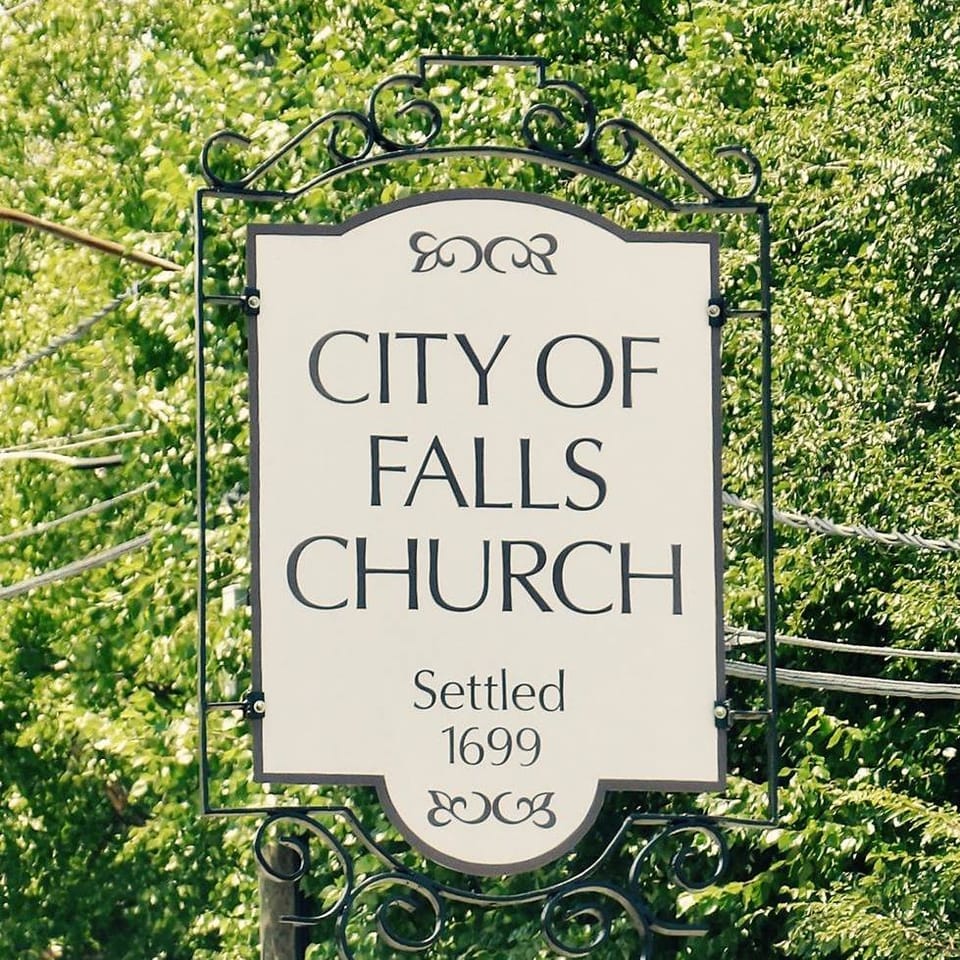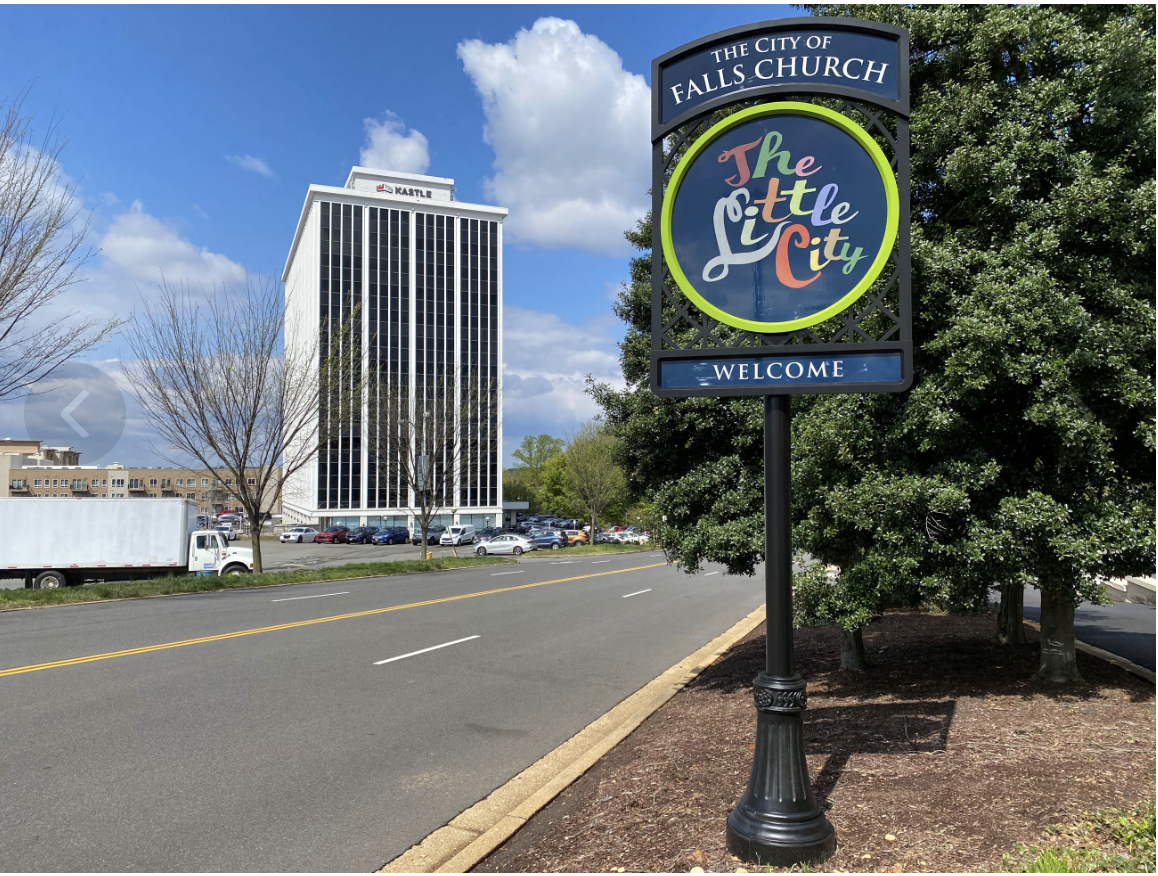Sad Sign-Switch for the City of Falls Church

For the past two years, crossing into or out of the City of Falls Church has brought a pang of sadness for our lost sense of history.
Before new “wayfaring” signs for The Little City were installed in the summer of 2022, Falls Church’s welcoming signs simply read: City of Falls Church: Settled 1699.
It was the “Settled 1699” that always got me.
How many towns, villages and municipalities in the United States were settled in the late 17th-century during the colonial era, so long before the nation’s founding?
Think about it. Falls Church was launching 33 years before the birth of George Washington – not too far away in Westmoreland County, Virginia – and only 17 years before the “Birthplace of America,” Philadelphia, Pennsylvania, was established. Even our nation’s capital, Washington, D.C., was not established until 1790.
In 1699, European settlement, transportation, trade and commerce in what is now the Falls Church area followed the extensive Potomac River trail systems blazed many centuries earlier by Native American peoples – particularly the Dogue tribe, affiliated with the Powhatan.
While Virginia’s history is fraught, of course – especially in its slavery and segregationist past – it is still vital we understand and appreciate its depth. In these uncertain times, we must retain a sense of continuity with our past, and understand the complex historical trends around us.
When Falls Church was settled in 1699, the colony of Virginia's capital was located 150 miles away in Williamsburg, yet institutions of self-government throughout Virginia could be traced back before the Pilgrim's even landed at Plymouth Rock, Massachusetts Bay Colony, in 1620. At Jamestown, Virginia, settlers had gained certain voting rights as early as 1607. Such democratic political traditions in Virginia were, of course, espoused by pivotal historical figures from the Commonwealth including four of the nation's first five presidents – Washington, Jefferson, Madison, Monroe – and later, Woodrow Wilson.
Removing the Historical Timeframe
In 2022, however, the City of Falls Church adopted new city “wayfaring” signage to go with its sprightly new moniker – The Little City. The current signs simply read: The City of Falls Church – The Little City – Welcome. While it’s wonderful to add welcoming language and to spruce up the signage with a cool new logo, there’s no historical reference to the year of The Little City’s settlement, 1699.

Why not? Perhaps in the designers’ hopes to freshen up the city’s image and not be so old-timey and stodgy, they forgot one of Falls Church’s most noteworthy characteristics – the unique and distinctive time-frame and context of its settlement.
All of this is simply carping from the sidelines, however. The Little City provided ample opportunity for public input on the new signage – and I confess to not having been aware nor taken part.
“Guided by sign criteria that were set by an interest group of Boards and Commissions and local advocates” – the city’s Economic Development Authority (EDA) held 12 public meetings starting in the Fall of 2019, two public surveys and “discussion[s] at each EDA meeting,” about plans for the city’s new signage, according to Fallschurchva.gov.
Still, I wish we could just sneak back in the “Settled 1699” bit.
By Christopher Jones






Member discussion